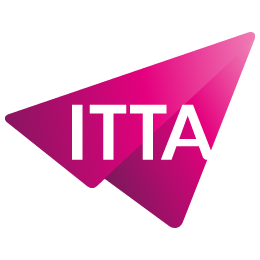Home > Trainings > IT Pro > Systems and Networking > Securing Email with Cisco Email Security Appliance (SESA)
This course shows you how to deploy and use Cisco® Email Security Appliance to establish protection for your email systems against phishing, business email compromise, and ransomware, and to help streamline email security policy management. This hands-on course provides you with the knowledge and skills to implement, troubleshoot, and administer Cisco Email Security Appliance, including key capabilities such as advanced malware protection, spam blocking, anti-virus protection, outbreak filtering, encryption, quarantines, and data loss prevention.
Module 1: Describing the Cisco Email Security Appliance
Module 2: Administering the Cisco Email Security Appliance
Module 3: Controlling Sender and Recipient Domains
Module 4: Controlling Spam with Talos SenderBase and Anti-Spam
Module 5: Using Anti-Virus and Outbreak Filters
Module 6: Using Mail Policies
Module 7: Using and Testing the Content Dictionaries Filter Rules
Module 8: Preventing Data Loss
Module 9: Using LDAP
Module 10: SMTP Session Authentication
Module 11: Email Authentication
Module 12: Email Encryption
Module 13: Using System Quarantines and Delivery Methods
Module 14: Centralized Management Using Clusters
Module 15: Testing and Troubleshooting
Module 16: References
Official CISCO Labs:

Nous utilisons des cookies afin de vous garantir une expérience de navigation fluide, agréable et entièrement sécurisée sur notre site. Ces cookies nous permettent d’analyser et d’améliorer nos services en continu, afin de mieux répondre à vos attentes.
Monday to Friday
8:30 AM to 6:00 PM
Tel. 058 307 73 00
ITTA
Route des jeunes 35
1227 Carouge, Suisse
Monday to Friday, from 8:30 am to 06:00 pm.